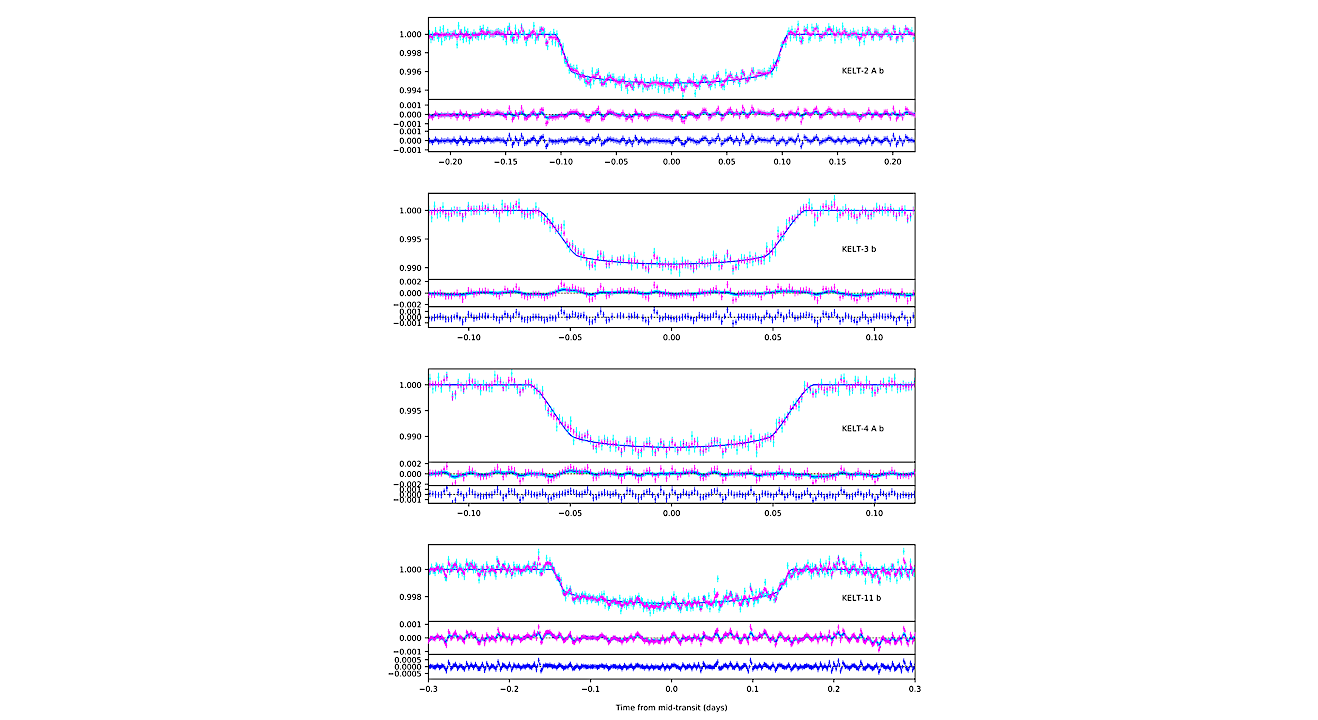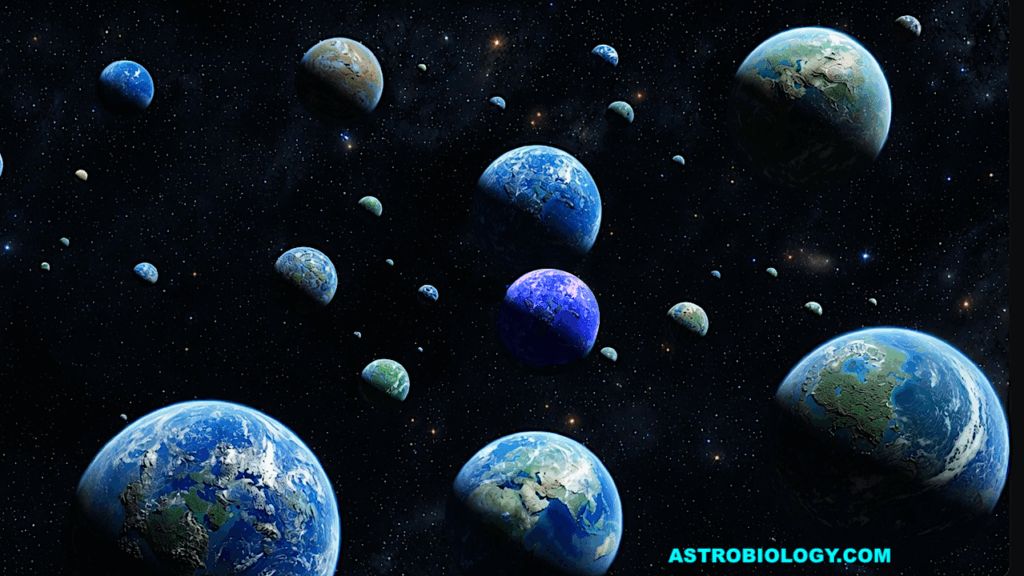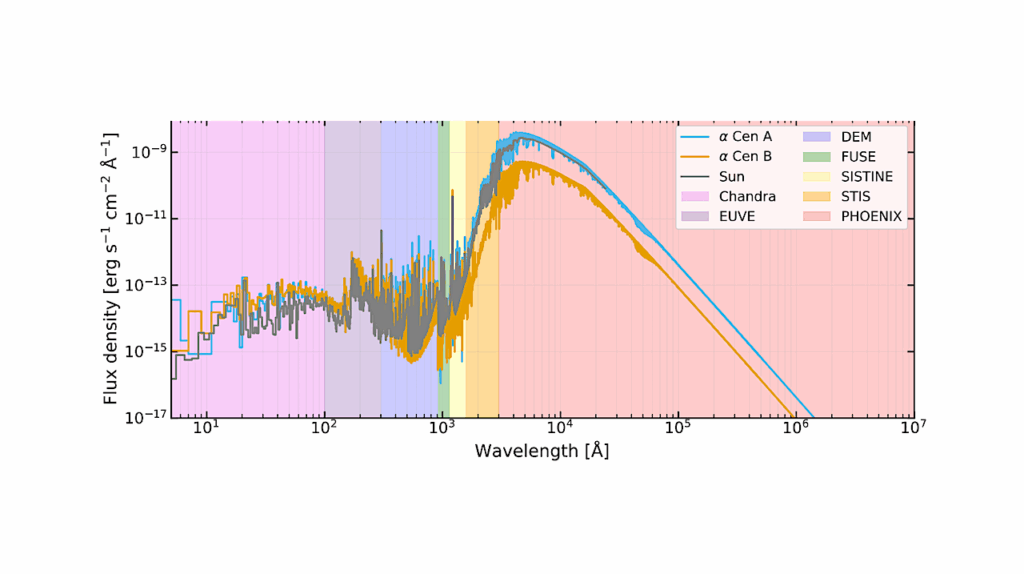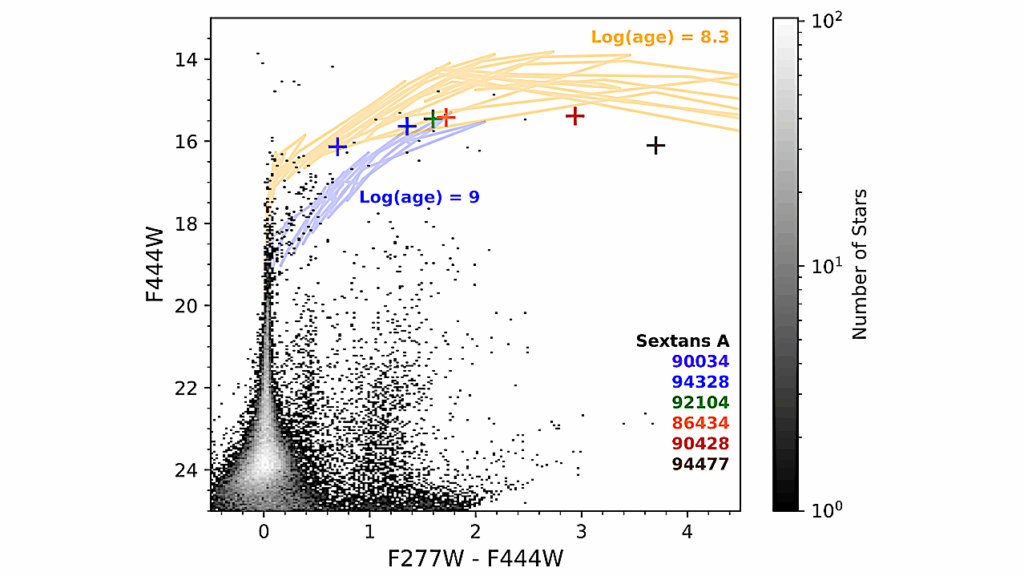Precise Transit Photometry Using TESS: Updated Physical Properties for 28 Exoplanets Around Bright Stars

The TESS follow-up of a large number of known transiting exoplanets provide unique opportunity to study their physical properties more precisely.
Being a space-based telescope, the TESS observations are devoid of any noise component resulting from the interference of Earth’s atmosphere. TESS also provides a better probability to observe subsequent transit events owing to its longer uninterrupted time-series observations compared to the ground-based telescopes. Especially, for the exoplanets around bright host-stars, TESS time-series observations provides high SNR lightcurves, which can be used for higher precision studies for these exoplanets.
In this work, I have studied the TESS transit photometric follow-up observations of 28 exoplanets around bright stars with Vmag≤10. The already high SNR lightcurves from TESS have been further processed with a critical noise treatment algorithm, using the wavelet denoising and the Gaussian-process regression techniques, to effectively reduce the noise components both correlated and uncorrelated in time, which were then used to estimate the physical properties of these exoplanets.
The study has resulted in very precise values for the physical properties of the target exoplanets, with the improvements in precision being significant for most of the cases compared to the previous studies. Also, since a comparatively large number of transit lightcurves from TESS observations were used to estimate these physical properties for each of the target exoplanets, which removes any bias due to the lack of sufficient datasets, these updated physical properties can be considered extremely accurate and reliable for future studies.
Suman Saha
Comments: 23 pages, 9 figures, 10 tables, Accepted for publication in The Astrophysical Journal Supplement Series
Subjects: Earth and Planetary Astrophysics (astro-ph.EP); Solar and Stellar Astrophysics (astro-ph.SR)
Cite as: arXiv:2306.02951 [astro-ph.EP] (or arXiv:2306.02951v1 [astro-ph.EP] for this version)
Submission history
From: Suman Saha
[v1] Mon, 5 Jun 2023 15:18:08 UTC (2,171 KB)
https://arxiv.org/abs/2306.02951
Astrobiology








